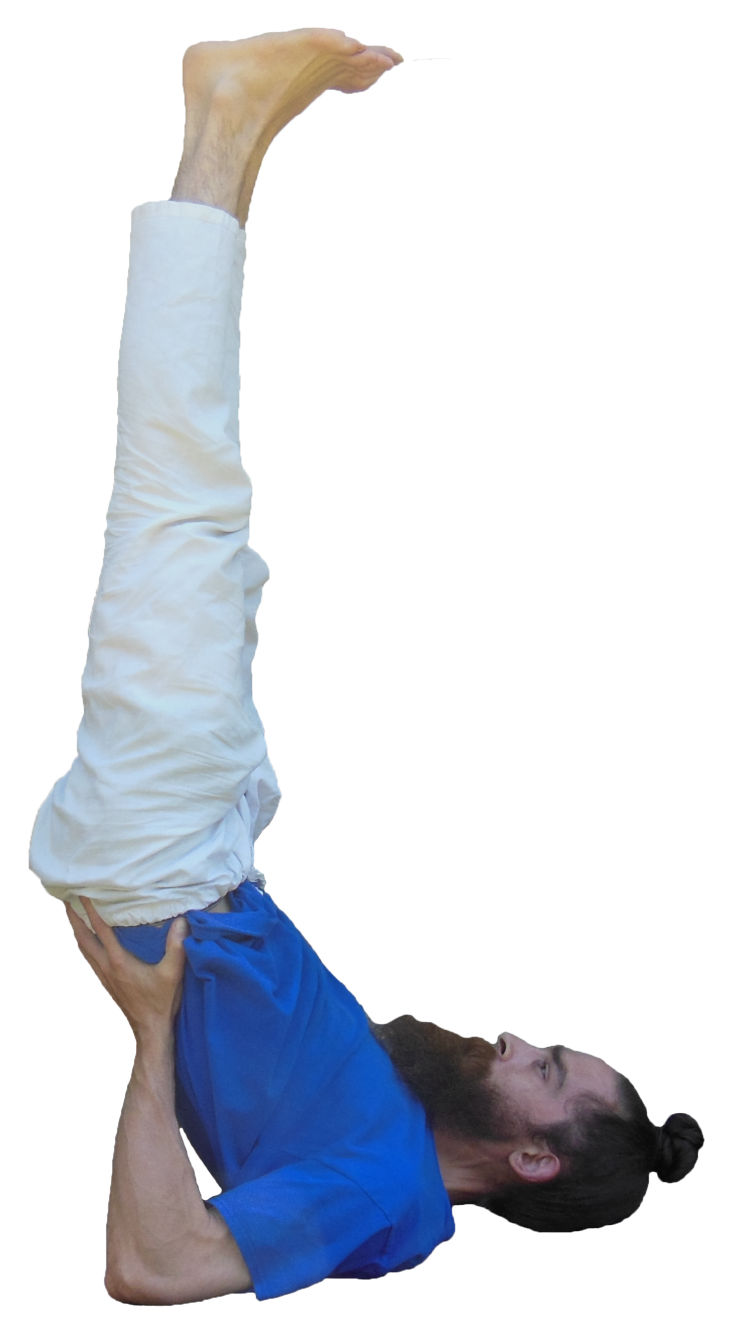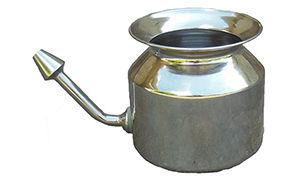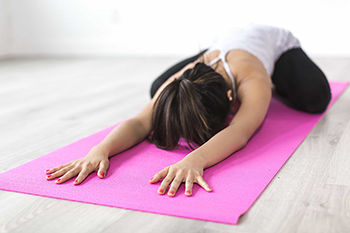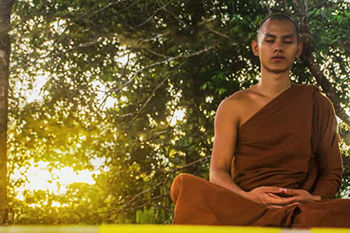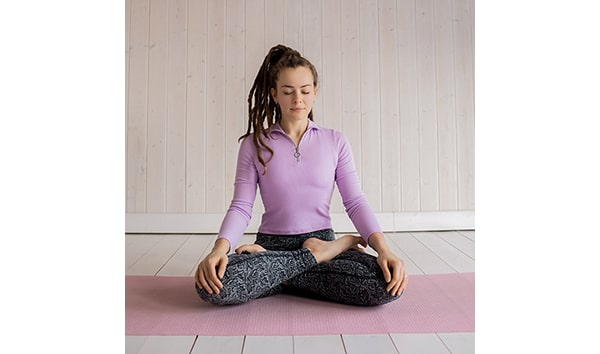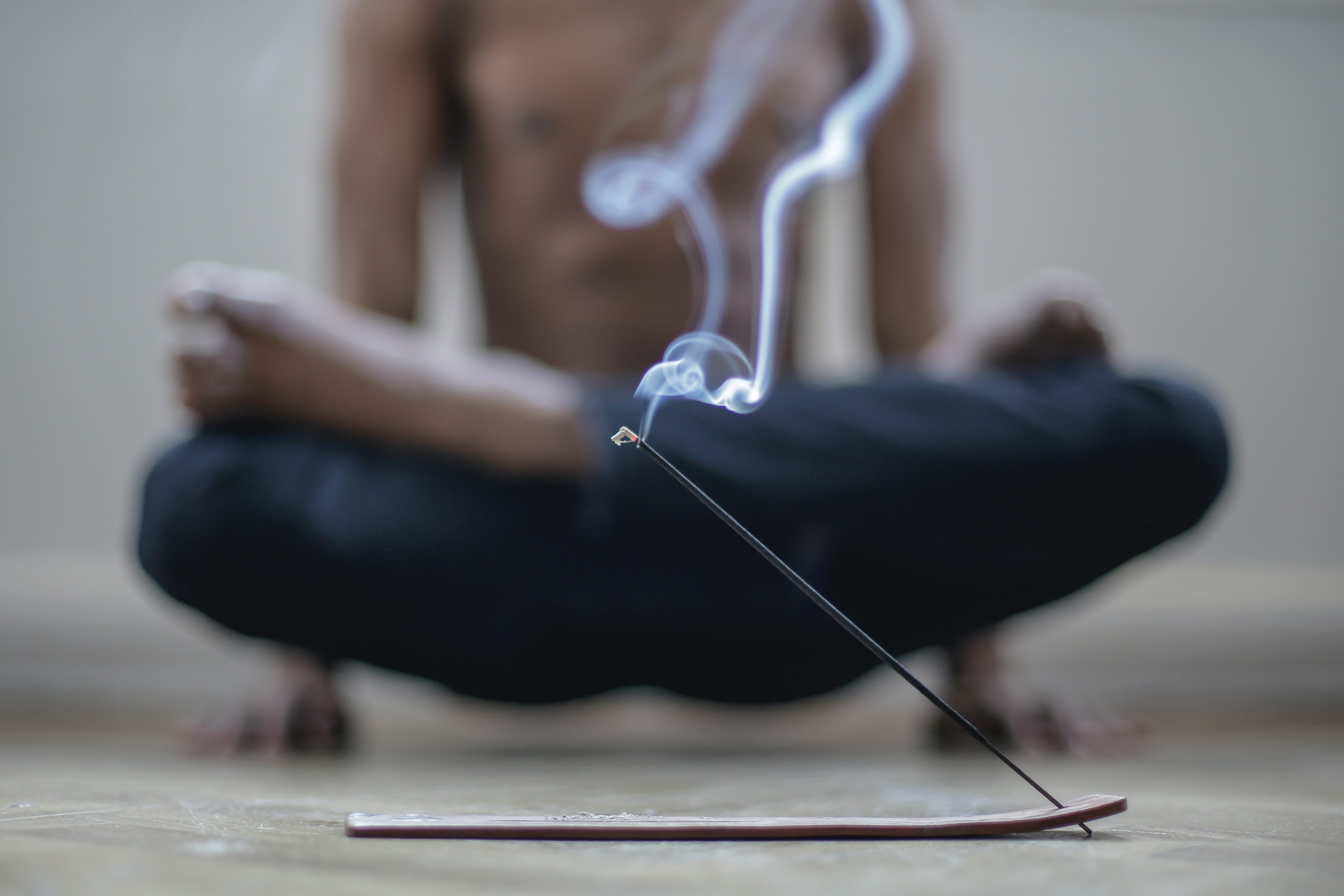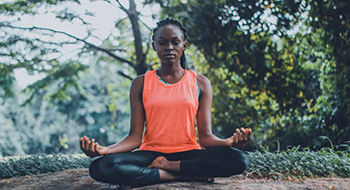Practice
Lie flat on the back with the legs and feet together in a straight line.
Inhale placing the hands and arms close to the body with the palms facing down.
Exhale raising both legs, keeping them straight and together.
Move the legs over the body towards the head.
Push down on the arms and hands, raising the buttocks off the floor.
Roll the spine from the floor, taking the legs further over the head.
Turn the palms up, bend the elbows and let the top of the hips rest on the base of the palms near the wrist.
The hands cup the hips and support the weight of the body.
Keep the elbows as close to each other as possible.
Raise both the legs to the vertical position and relax the feet.
In the final position, the weight of the body rests on the shoulders, neck and elbows, the trunk is at a 45 degree angle to the floor and the legs are vertical.
